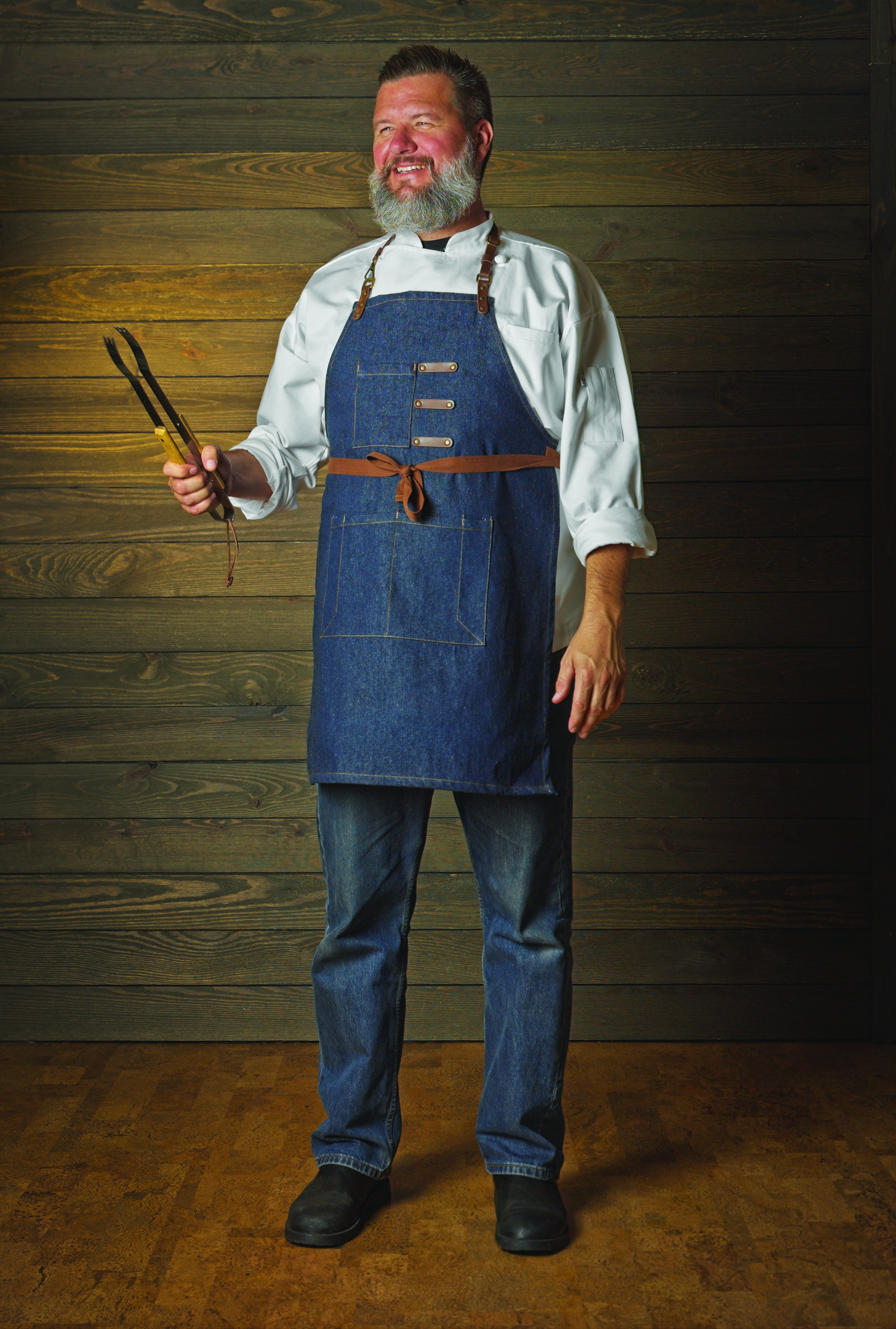Most times, a company’s uniforms are its first introduction to new and prospective clients. These uniforms convey the brand’s message in a clear, succinct way to potential customers, so they are of utmost importance. This year alone, British Airways, Delta Airlines, Turkish Airlines, Air New Zealand, American Airlines, Alaska Airlines and more announced they would revamp their employee uniforms to achieve a more updated look for each airline.
All this attention to employee uniforms and aprons is great news for promotional apparel distributors looking to cash in on new business opportunities. To help you begin the process of selling uniforms or improve your existing program, we spoke to Pam Pennington, vice president of strategic partnerships for Aprons Etc., Greenville, S.C.; and Lisa Denham, marketing director for Executive Apparel, Philadelphia.
What’s New?
In the apparel world, one word we can’t seem to escape is “athleisure.” While the movement has certainly had implications for promotional apparel, it’s had surprising effects on the uniform market as well.
“Athleisure appeals to every cross section of the population in every price point,” said Denham. “With daily collaborations between famous designer houses like Dior and Gucci, and young talented designers, skaters, hip-hop artists and visual artists, there’s a huge luxury athleisure movement out there. Some industries historically do not embrace suiting, like the Silicon Valley tech crowd. But when tech moguls like Mark Zuckerberg, who recently faced Congress in a full suit, [embrace the trend,] the casual crowd is opening up to a more grown-up style.
“Our Devin Stretch Knit Blazers and Adult Skooter Skirts (with secret shorts) were developed for students and millennial/ Gen Z kids with a hat tip to athleisure,” she continued. “Women in tech need comfort too.”
The aprons market has seen growing demand for upscale uniforms with unique fabrics and construction methods, said Pennington. She mentioned that Aprons Etc. debuted a new apron line, Kitch Style, that features 100 percent cotton and denim fabrications.
“Many of our 100 percent cottons have a crease-resistant treatment that also acts as stain repellent,” she added. “For this same group, the fabrics are preshrunk.”

Getting Creative
When you think about employee uniforms, there’s a misconception that everything has to be orderly and formulaic. While that’s true to a certain extent, it’s the uniform and apron promotions that feature a creative edge that get the best results. Denham had some suggestions on how to make your client’s uniforms stand out.
“Anything is possible with custom uniforms,” she said. “We love it when a client comes to us with an interesting idea, and we can let our talented designers run with it. For customers who have restrictions on quantities, a semi-custom option exists. That’s where a stock garment is altered or embellished to create a unique look. We’ve done everything from patterned trim and really special designer buttons, to fancy linings and epaulets and braided cord on the shoulders.”
Popular Markets (and Repeat Sales)
For apron promotions, Pennington has seen success with the food market (serving, manufacturing and distributing), as well as retail for employee identification and clothing protection. She also mentioned another market that is gaining traction recently: craft brewing. In addition, she said the gift market is experiencing positive numbers for Aprons Etc.
Denham said she noticed similar trends, and shared that most markets are in need of employee uniforms. She also mentioned one industry with a lot of potential for repeat sales.
“Hospitality uniforms are a lucrative niche for distributors, especially in larger hotels, casinos and restaurant chains,” she said. “Employee turnover tends to be relatively high, and with hotel chains dividing into new properties and rebranding often, there is plenty of opportunity for new programs.”

Selling Uniforms
Once you’ve identified your target markets and expanded your uniform offerings, it’s time to make the sale. Denham had some suggestions to help you get started.
“First, keep your eyes open for people in uniforms—they work for the companies that buy the uniforms, and many of them want more than one source,” she said. “Second, make sure all of your existing clients know that you sell uniforms—they may not think it’s your thing. [And] third, know your suppliers and their products—you can pitch a successful program if you know your supplier can fill the bill.”
Both Denham and Pennington agreed that it’s important to listen to your client during the planning process to ensure you create exactly the look and functionality employees need.
“Some uniforms require alterations to enhance existing features for a specific job,” advised Denham. “Two examples come to mind. The first was a coat program that we’ve been supplying for many years for train conductors who needed very durable, oversized pockets to hold ticket books and heavy keys. The second program was a fully custom uniform for employees that did heavy work outdoors and needed extra warm jackets and pants with reinforced knees and elbows.”
With that in mind, Denham had one final tip for the prospecting process.
“More and more companies are embracing the concept of branding, and while not all businesses adopt a uniform, they instinctively know that a uniform can be an extension of the company brand,” she said. “With all of the customizing options open to distributors, virtually anything is possible for your client.”



